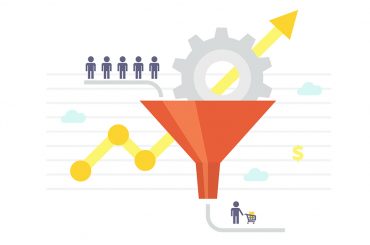Product-Led Growth (PLG) has emerged as a powerful strategy in the world of marketing. It focuses on using the product itself as the primary driver of customer acquisition, conversion, and retention. PLG not only transforms the way companies approach marketing but also demands a shift in mindset and collaboration between various departments. In this post, we’ll explore why companies should consider adopting PLG, the necessary prerequisites for its implementation, and how digital marketing plays a vital role in supporting this strategy.
Why switch to a PLG strategy? Traditional marketing often relies heavily on sales and marketing efforts, making it challenging to scale and sustain growth. PLG, on the other hand, leverages the product itself to attract and engage users. By offering a self-service experience that focuses on value delivery and user satisfaction, PLG eliminates barriers to adoption and creates a product experience that drives growth organically. This user-centric approach not only reduces acquisition costs but will also help you learn about your target audience’s relevance and reveal any product issues you may have, allowing you to improve your product and journey.
While PLG primarily focuses on leveraging the product for growth, it doesn’t disregard the importance of sales and customer success teams. Collaboration between these teams becomes essential for a holistic PLG strategy.
Sales teams play a vital role in PLG by providing a human touch and guiding prospects toward conversion. They can leverage their expertise to address complex customer needs, offer personalized assistance, and upsell or cross-sell additional features. Aligning sales efforts with the product experience ensures a seamless transition from self-service to assisted sales. Some PLG tactics include the sales team and SDRs as part of the funnels, in a way that once the client’s free trial is ending or once they want paid features they contact the sales team.
Customer success teams work closely with customers to ensure they achieve their desired outcomes with the product. By proactively engaging with users, offering training and support, and monitoring customer satisfaction, customer success teams play a crucial role in driving retention and expansion. Their insights and feedback help improve the product experience and identify growth opportunities.
Digital marketing acts as a catalyst in driving awareness, adoption, and conversion within a PLG strategy. It empowers companies to reach their target audience through various channels, including content marketing, social media, search engine optimization, and paid advertising.
When building campaigns for PLG activity the funnel shifts and requires a change in messaging, budgets, and KPIs.
Working in collaboration with the marketing and sales team is crucial, providing them with data on the audience behavior and characteristics and receiving feedback on deals and audiences’ relevancy is the key to a successful PLG activity.
In conclusion, PLG is a transformative marketing strategy that capitalizes on the product itself to drive growth. However, successful implementation of PLG demands exceptional product experience, data-driven decision-making, and collaboration between sales, customer success, and digital marketing teams. By adopting a user-centric approach, leveraging the power of the product, and aligning various functions, companies can unlock the potential of PLG and achieve sustainably





